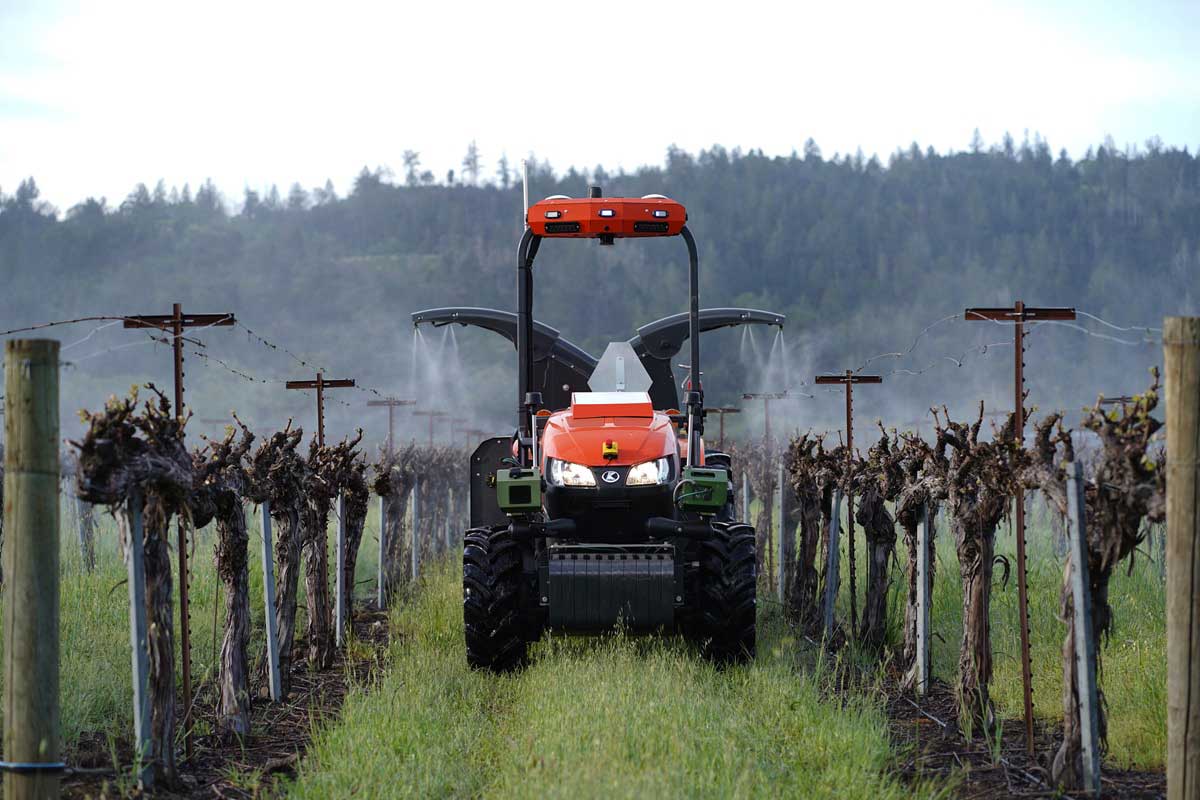Daily Tractor Checklist
“A short and sweet inspection today can ward off that long and not-so-sweet costly repair tomorrow,” muses Joel Hicks, KIOTI tractor product support service team manager. Gear heads like Hicks always advocate putting a little extra effort into your maintenance routine during the spring, ensuring optimal performance for the big work season ahead and a long and productive life for your equipment (in this case your tough-nosed compact tractor).
Hicks notes that this “apple-a-day” strategy not only makes perfect business sense, but also is backed up by the equipment service records from a variety of companies and products that repeatedly demonstrate the effectiveness of regular upkeep and the consequences of neglect.

“A compact tractor is an investment and a valuable tool that improves the efficiency of your business,” says Hicks. “It is a proven fact that the advantages of devoting a little bit of time to maintenance far outweigh the expense and lost work time resulting from damage that may have been preventable.”
For busy jobsites, finding the time to inspect equipment can be an issue. Hicks suggests building 10 to 15 minutes into the start of each day’s schedule for accomplishing this task.
“The nature of work that requires a compact tractor is physically tiring,” Hicks points out. “It makes sense to inspect equipment in the morning when you are fresh and alert and the equipment is cooled down and safe to handle.”
He adds that another advantage of daily checks is that the operator becomes more familiar with the equipment, and he or she will be able to more quickly hone in on irregularities and potential problems as time goes by.
“Once you become accustomed to working with the same machine every day, you get to know right away when things don’t look, sound or feel quite right,” Hicks says. “When this happens, use sound judgment and take your inspection to the next step.”
Having a checklist handy for each inspection expedites the process and assures that nothing is overlooked. The following is a list of areas to examine for potential problems and easy fixes for the spring tune-up of your compact tractor:
- Contaminated Fuel: This sounds simple, but is easy to overlook. Contaminants or water in fuel can wreak all kinds of operational havoc, even causing permanent damage to fuel pumps and filters, if left unchecked. It’s a good idea to become familiar with the telltale signs of this problem so it can be recognized or ruled out immediately in the future.
- Additives: High-quality additives, such as KIOTI’s Diesel Power are designed to eliminate moisture or condensation, clean and lubricate injectors, prevent algae growth and increase cetane levels to improve starting and minimize damage to injectors and pumps.
- Visual Inspection: Take the time to look over your tractor and get to know where everything is and how it should look. Check for loose, damaged or missing hardware, worn hoses, cracked belts and similar defects before you set out for the day. Failure to detect these things can cause further and more serious damage to the equipment, which leads to costly downtime and missed deadlines.
- Obstructions: Check fuel filters for water or sediment and the radiator screen for debris. Monitor the air cleaner for service life and possible damage. Clogged air filters are a red flag for potential engine problems. Consult the manufacturer’s suggestions for filter replacement.
- Adjustments: Check the belt tension, tire pressure and other components that require periodic adjustment or attention.
- Safety: Check the ROPs, brakes, seat belts, safety shields and other protective devices that can potentially cause operator injury or property damage to make sure that they are working properly.
- Hitch: Inspect the three-point hitch for signs of abnormal wear and tear or missing parts in order to prevent damage to attached implements or processes.
- Levels: Check the levels of engine oil, hydraulic fluid and coolant for proper fill. Grease and lubricate joints as per the manufacturer’s recommendations and replenish fluids as necessary. Use good quality products and make sure you choose the type of oil and fluids recommended by the manufacturer for your particular vehicle and usage requirements.
“These tips may just seem like common sense,” says Hicks. “But people are busy and just don’t find the time to do them on a consistent basis and that is what leads to problems down the road.”
Regular maintenance can go a long way toward keeping equipment in tip-top shape. However, larger repair needs may pop up and when that happens, the best protection is a good warranty. Typically, good customer support is indicative of a good quality product. If the warranty is lacking, it may be a sign of a poor quality product or pre-owned equipment. Manufacturer’s claims of longer-term coverage should not be accepted at face value. Buyers need to look closely at the fine print to make sure that the warranty covers their particular needs, especially when it comes to usage.

“Many manufacturers entice customers with five-year warranties, but they often do not cover business use or are limited by time,” he said. “A good quality tractor, with a good warranty that doesn’t limit time or commercial use, combined with a top-notch honest dealer and consistent servicing, will go a long way to giving you the long-lasting compact tractor you want and deserve.”
George Smith is a senior technical writer at advantage Marketing Communications, based in Blairstown, N.J.





Comments are closed here.